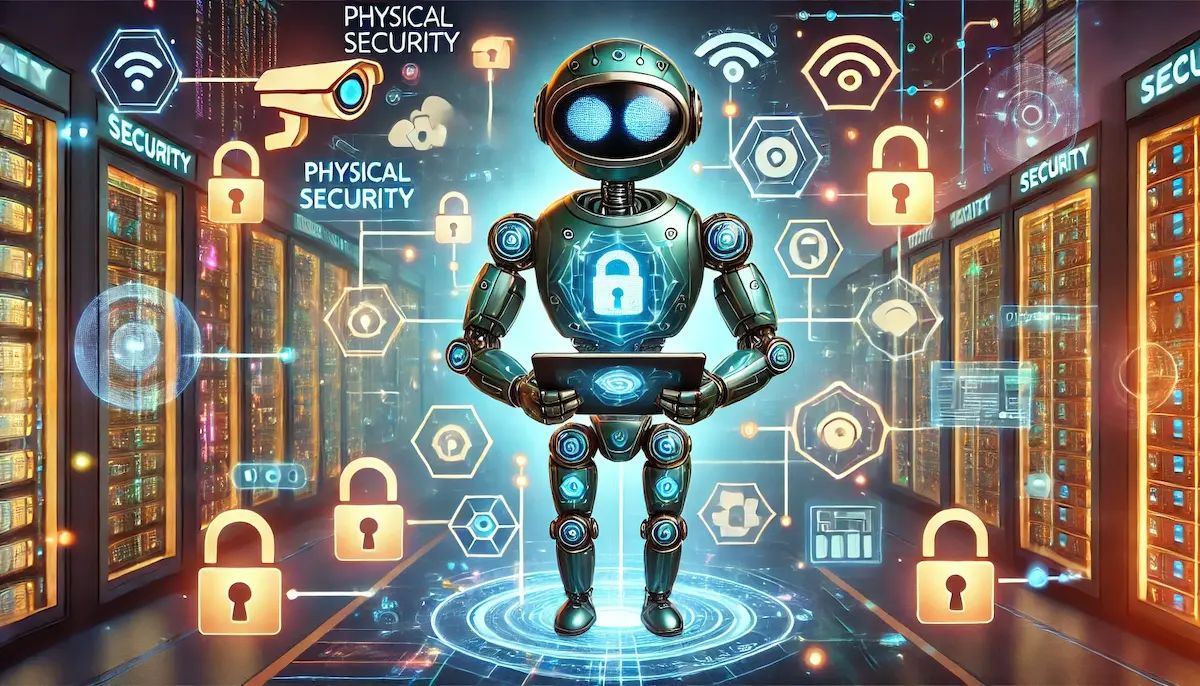Physical security is a crucial aspect of protecting an organization’s assets, including its people, property, and information. While many focus on cybersecurity in today’s digital age, physical security remains a fundamental component of a comprehensive security strategy. It involves measures designed to prevent unauthorized access to facilities, equipment, and resources, and to protect personnel from harm.
Understanding Physical Security
Physical security encompasses a range of protective measures to safeguard an organization’s physical assets. These measures can include locks, security guards, surveillance cameras, access control systems, and environmental design. The goal is to deter, detect, delay, and respond to unauthorized access and potential threats.
The Importance of Physical Security
Effective physical security is vital for several reasons:
- Protecting People: Ensuring the safety of employees, visitors, and customers is a primary concern. This includes preventing workplace violence and ensuring safe evacuation during emergencies.
- Safeguarding Assets: Physical security helps protect valuable assets, including equipment, inventory, and intellectual property.
- Maintaining Operational Continuity: Preventing unauthorized access and damage to facilities ensures that business operations can continue without disruption.
- Compliance: Adhering to legal and regulatory requirements for physical security can help avoid fines and legal issues.
Key Components of Physical Security
- Access Control: Implementing systems to regulate who can enter and exit a facility. This includes ID badges, key cards, biometric scanners, and security personnel.
- Surveillance: Using cameras and monitoring systems to keep an eye on the premises. Surveillance helps deter criminal activity and provides evidence in case of incidents.
- Perimeter Security: Establishing barriers such as fences, gates, and security lighting around the property to deter intruders.
- Security Personnel: Employing trained security guards to monitor and protect the premises. Their presence can act as a deterrent to potential threats.
- Environmental Design: Designing the physical environment to enhance security, such as using natural surveillance, controlled access points, and strategic lighting.
Challenges in Physical Security
Despite its importance, physical security faces several challenges:
- Evolving Threats: The nature of physical threats is constantly changing, requiring organizations to adapt their security measures.
- Integration with Cybersecurity: Ensuring that physical and cybersecurity measures work together seamlessly can be complex.
- Cost: Implementing and maintaining effective physical security measures can be expensive.
- Human Factors: Ensuring that employees adhere to security protocols and remain vigilant is essential but can be difficult to enforce consistently.
Best Practices for Effective Physical Security
- Regular Assessments: Conduct routine security assessments to identify vulnerabilities and update security measures as needed.
- Layered Security: Implement multiple layers of security to create a robust defense against threats.
- Employee Training: Regularly train employees on physical security protocols and emergency procedures.
- Incident Response Plans: Develop and regularly update incident response plans to ensure quick and effective responses to security breaches.
- Technology Integration: Use advanced technologies such as AI-powered surveillance and integrated access control systems to enhance security.
In conclusion, physical security is a fundamental aspect of protecting an organization’s assets and ensuring the safety of its people. By implementing robust physical security measures, organizations can deter potential threats, respond effectively to incidents, and maintain a secure environment.
Blockfine thanks you for reading and hopes you found this article helpful.
